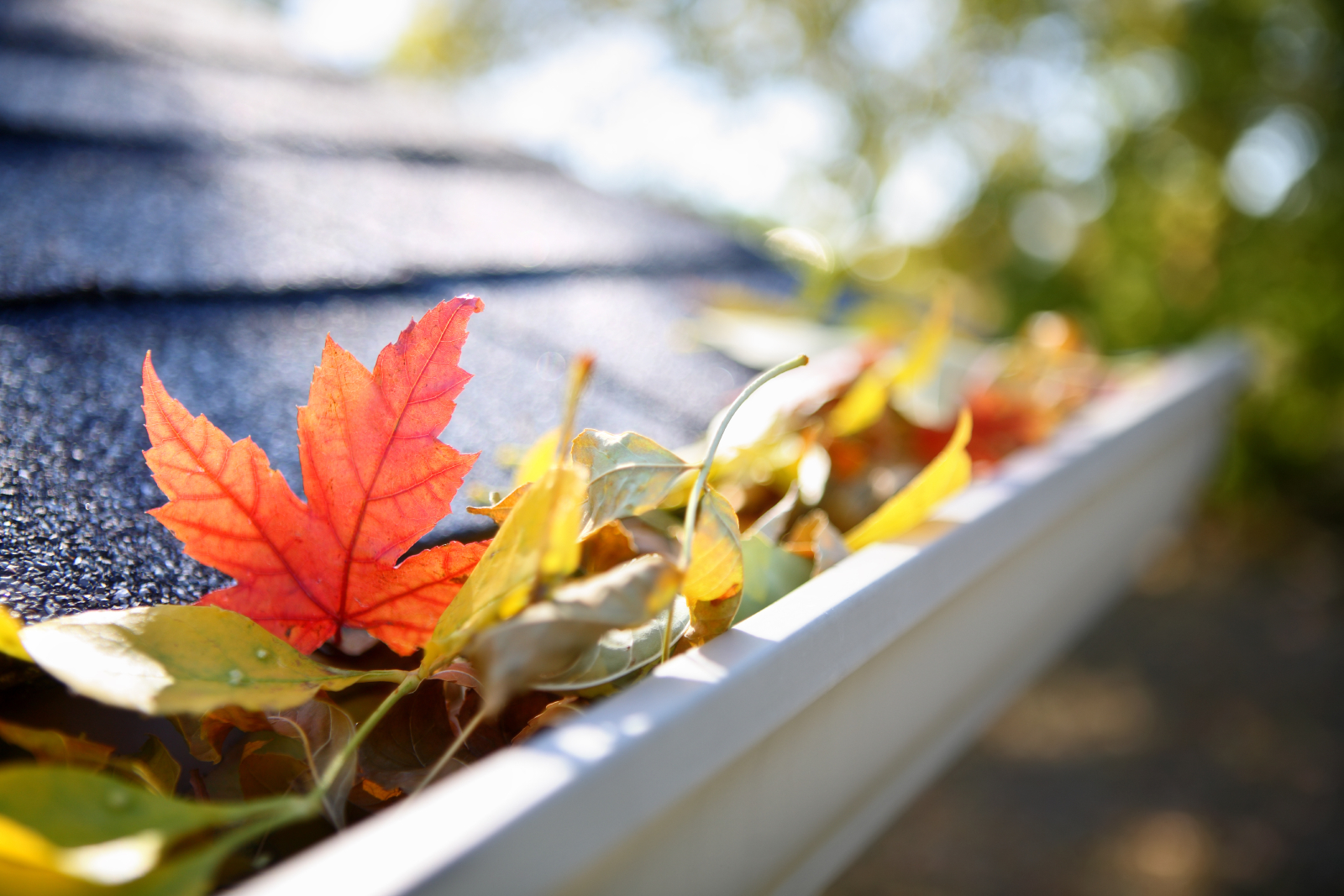
While Autumn brings cool mornings and a blaze of colourful leaves all around us, for anyone in the roofing business, this also signals it’s time to carry out some routine maintenance up on the roof – removing leaves and dirt from gutters, cutting back any nearby trees and, for flat-roofing in particular, checking for signs of damage like blistering or ponding.
Having installed thousands of square metres of flat-roofing over the years, it would be fair to say that Sheriff knows a thing or two about the materials used in the installation process, their properties and what measures should be taken to look after this type of roofing.
The good news is that modern-day roofing materials are extremely durable, offer exceptional waterproofing over a long lifespan and, as long as they’ve been correctly installed in the first place, will only ever require some routine maintenance checks and a few simple preventative measures to keep that roof in tip-top shape.
While our work largely focuses on commercial contracts, the principles of how to maintain a flat-roof so that it retains its waterproofing qualities and avoids any need for repair are essentially the same for domestic environments. So, if you have a flat-roof at your property (perhaps on an extension or shed), here’s our simple guide for showing it some care.
Keep it clean
Be sure to safely remove dirt, leaves and debris from the roof, gutters and drains on a regular basis but especially in Autumn when they can start to build up. To avoid walking over the roof itself and potentially damaging it, using a leaf blower is recommended. The exception to this is if the roof has been specifically designed as a usable outdoor space (e.g. a roof garden).
Cut back
If nearby trees are likely to overhang the roof, then cut those branches back. This will help to avoid your roof and its drainage system from becoming clogged up with leaves or twigs. Keep an eye on creeping plants too and cut those back if they’re getting close to the roof.
Check for potential problems
With flat-roofing, the three main issues to look out for are:
- Blistering – if air is trapped between the substrate layers, when it heats up it can cause pockets that can then puncture.
- Splitting – freeze thawing, stress, pressure and poor workmanship can all cause parts of the roof surface to split.
- Ponding – if conditions are wet, look for standing pools of water and if it’s a dry day, look for a concave area with a watermark around it. Solutions include installing hoppers (if ponding is spotted at the edge of the roof) or a water pump (if the problem is in middle). Other options include fitting drains or building up the lower areas to stop ponding entirely.
If you spot any of these troublesome issues, we would advise against a DIY fix and recommend you call for professional help. Not only will they take the hard work off your hands, they’ll also understand the problem better, have all the right health and safety measures in place to be up on that roof, and have probably got a head for heights!
Routine and interim checks
It’s best practice to carry out these kind of maintenance checks and processes on your roof at least twice a year so, as well as Autumn, schedule some time to check again come Spring. Just be aware that, in between those checks, there could be other times when you need to give your flat-roof some further care. For instance, you may want to think about clearing away debris after a heavy storm or take time to remove any heavy and potentially damaging deposits of snow.
Our service
Sheriff Construction is only able to carry out roofing repair, leak testing and maintenance projects for commercial clients who have used our flat-roofing installation services but we hope this guide will be useful for others with a flat-roof either at home or as part of a community building.
Most modern flat-roofing systems are easy to clean, resistant to tear or puncture, and fairly simple to repair if problems are spotted early. Some, like hot melt solutions, even have self-healing qualities. The upshot is they only ever need minimal but routine maintenance to stay functional and looking good. Making time to do this is the best way to avoid a repair and ensure your roof has the long life it’s been made for.
Take a look at the full range of flat-roofing solutions provided by Sheriff here.
16.10.2020
Feature image: Suzanne Tucker/Shutterstock.com








